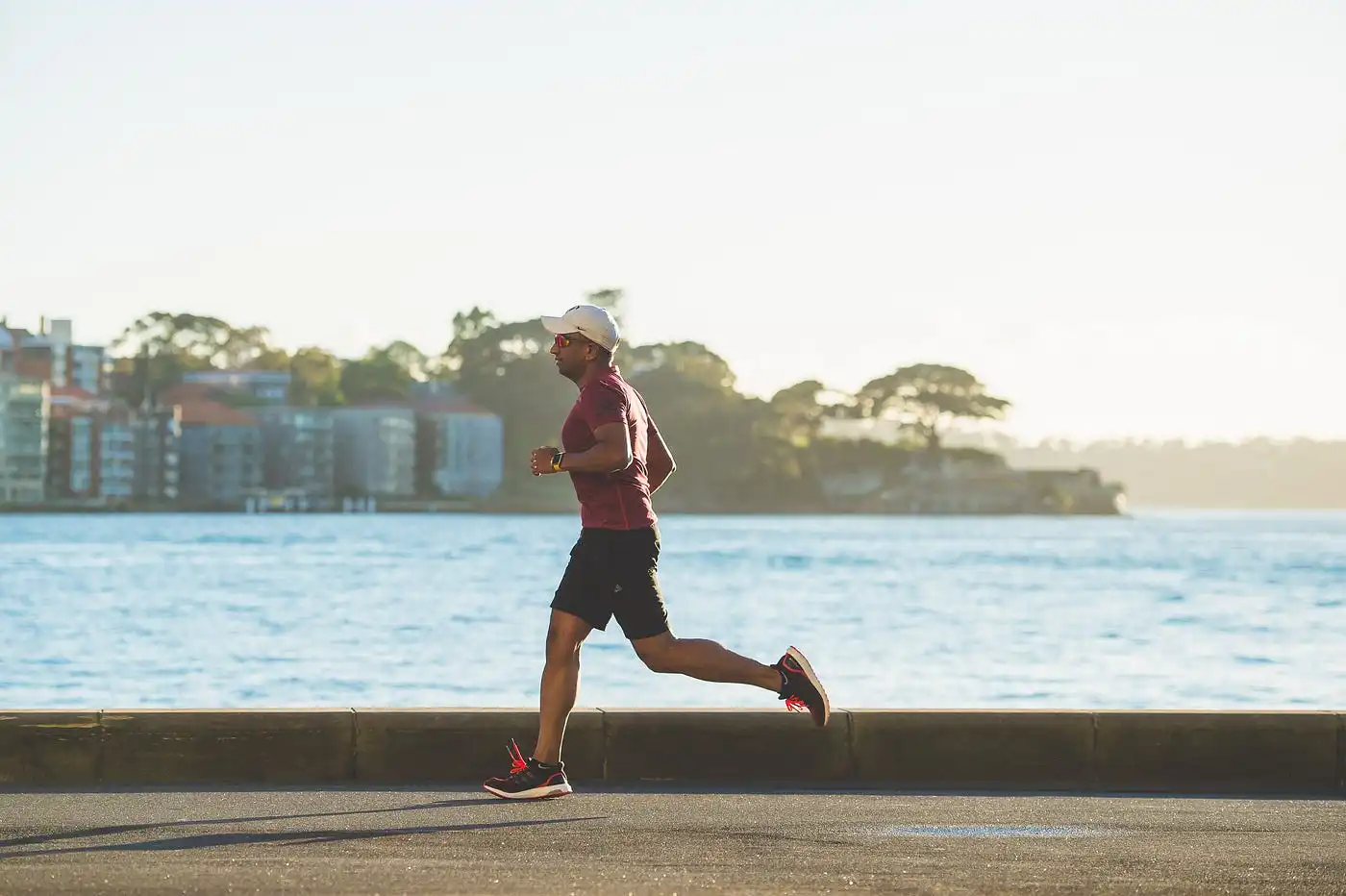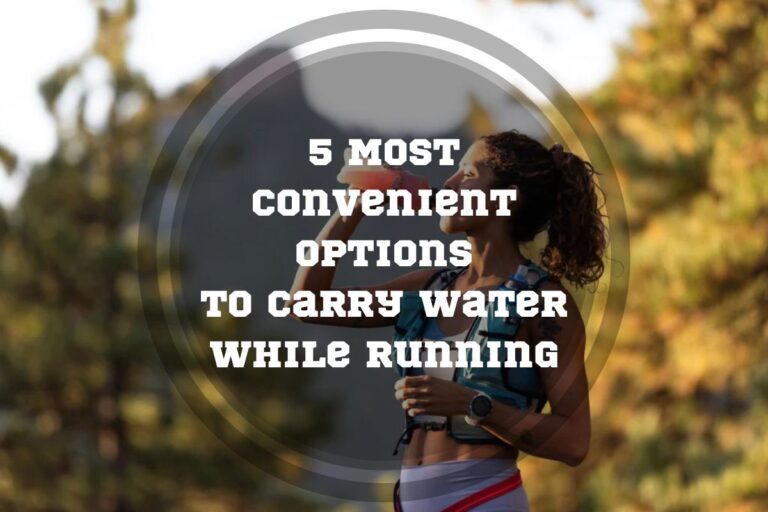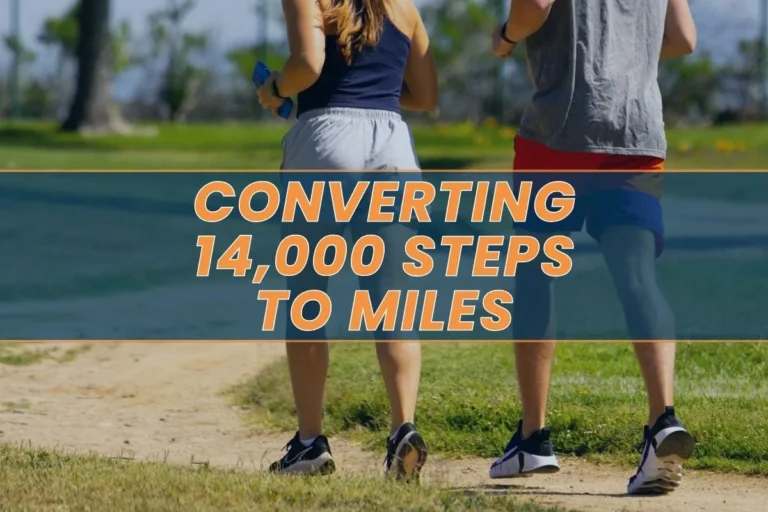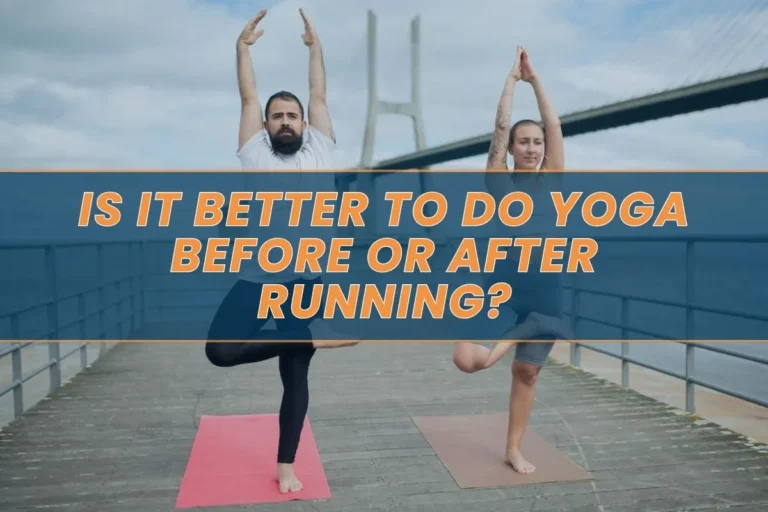How To Run Slow: 5 Best Tips to Master Slow Running
Ever wondered why many individuals who are truly passionate about running tend to maintain a slow pace rather than constantly sprinting at top speed? If this thought has crossed your mind, you’re not alone.
In this article, we will delve into the concept of how to run slow – what it entails, its significance, the positive impact it has on athletic performance, and valuable insights on how to incorporate slow running into your routine effectively.
Whether you’re a seasoned runner or just starting, understanding the art of running at a slower pace can prove to be a game-changer in achieving your athletic goals.
Let’s explore the benefits and techniques of slow running together.
What are the benefits of slow pace running?
Anyone can learn how to run slow. It is important to understand what slow pace running is and what the benefits of it can be. People aiming for maximum performance apply the principle – run slower to run faster.
The process is optimized when you use the best tips to slow down your running.
What Is Slow Running and its Benefits
Slow pace running (also known as light running) is characterized by much lower intensity compared to interval training, slope running, and fartlek training. While in the latter, the idea is to reach maximum levels of aerobic, cardio, and muscular effort.
Slow running is usually incorporated into a training program to complete a set distance within a specific amount of time. In addition to helping achieve training goals, slow running also offers positive effects on the body and improves running form.
Now, let’s explore the benefits of slow running…

1. Reduces the Risk of Musculoskeletal Injuries and Overtraining
The slow pace of running allows for optimal interaction between the cardiovascular, respiratory, and musculoskeletal systems. Maintaining an upright body position and synchronization between arms and legs is very important to maintain proper technique.
By adopting the correct running technique, you can significantly reduce the risk of injury and achieve better results in any sport, including running. For these reasons, which would be prerequisites for your progress, it is important to learn how to run slower.
Run slow with high cadence because this will greatly improve your technique and minimize the risk of injury.
2. Faster recovery from speed workouts and tempo runs
Recovery is just as vital as following a well-designed meal plan and workout program. Instead of taking complete rest days, active recovery can be more beneficial.
This involves engaging in slower runs, where the primary goal is to cover the distance comfortably rather than focusing on a specific pace.
During these recovery runs, it’s essential to maintain a gentle tempo to allow the body to fully recuperate without unnecessary stress.
This approach helps in faster recovery from intense speed workouts and tempo runs, ensuring you stay on track with your training goals.
How To Determine That You Need To Run Slower
The character of your workouts on individual days is the key factor in determining whether you need to adjust your running pace. If you have completed more intense interval or fartlek workouts during the week, it’s a good idea to switch to slower running to allow your body to recover optimally for upcoming workouts.
Furthermore, if your goal is to increase your running distance, and endurance over longer periods, to run slow with good form is all you need!
Signals to change your running pace to a slower one are:
- Excessive Muscle Fatigue
- Plateau or Decline in Performance
- Chronic Aches etc
How To Run Slowly: 5 Best Tips To Slow Down Your Running
Many people wonder how they are just going to start running at a slow pace.
Actually, it is not that difficult and there are several effective ways through which it can easily be done:
1. Use a Heart Rate Monitor
If you take your heart rate as a guide while running, then you need to stick to a maximum of 70% of your maximum heart rate.
In case you are wondering how to calculate your maximum heart rate, this is done by subtracting your age from the number 220. For example, a 20-year-old young man can calculate his heart rate by subtracting the number 20 (his age) from 220.
While running you should aim not to exceed this frequency, determined by your maximum heart rate.
Subscribe to Our Running Newsletter!
Get free running tips from renowned professional athletes and discounts from top-notch brands.
2. Relax the body and make minimal effort to maintain the running pace
Slow running should in no way be strenuous. The aim is to keep the effort for it to a minimum. However, the goal of the slow jogging technique is rather to get your body even more toned and ready for harder workouts.
3. Run with a Buddy
When running with company a good way to slow down is by keeping up a conversation with the person next to you.
This way the training session will seem even easier and you won’t feel like you’re the only one who’s “torturing” yourself. At the same time you will be accomplishing your main task – running at a slower pace.
4. Practice Mindful Running
Concentrate on what the benefits to your body would be from slow running right now. Think, therefore, about how this activity you are doing right now will help you with your long-term goals.
By directing your thoughts in this direction, you will not be tempted to pick up the pace.
5. Focus on Breathing
It is important to be able to keep your breathing easy and slow while running. You should not breathe too heavily and at a high rate as this can increase your heart rate and raise your blood pressure.

Run Slow To Run Fast: How It Works?
The rule says – run slow to run fast.
Many people have the misconception that every workout needs to be maxed out to achieve maximum results.
In this case, slow running can help by:
1. Slow running allows the body to develop its maximum potential
By running slowly, you won’t overexert yourself and expend too much effort on each workout.
Accordingly, you will always be fresher and in better condition. And when you are required to apply maximum running speed (for example on a race day), you will be able to do it more optimally.
This will be because you won’t be overtrained and the body will be able to use its maximum potential exactly when it is needed.
2. Consistency in slow running improves results over any distance
The more consistent you are in running at a slow pace over long distances, the faster you will become at running any distance.
This is because slow but sustained running builds and subsequently trains quality endurance.
And endurance is trained much slower when you run fast and much faster and properly when you run slow.
Frequently Asked Questions About How To Run Slow
Why is it so hard to run slow?
Running at a slow pace might give the impression that time passes more slowly. It can be tempting to feel like you are in good shape and ready to pick up the pace. However, it’s crucial to focus on the benefits of slow running.
How do you run a long slow?
Most simply: Slow running is when the pace slows and you have no difficulty maintaining it. When you run, it should be at such a pace that you can maintain it with ease.
Final Thoughts On How To Run Slow
Now every time you have a slow running workout in your program you will know clearly what it is, why it is so important to do it and how to apply it in the training process correctly.
Let us know in the comments which of the ways to slow your running pace you would try first.
Also read:
- 18 Minute 5K
- Running With Hip Bursitis
- Creatine for Running
- How to Run on Heavy Legs
- Running Shorts With Underwear
- Threshold Running
- Best Ankle Brace for Running
- How to Keep Knee Brace From Sliding Down
References:
- Running and jogging – preventing injury // Better Health Channel: https://www.betterhealth.vic.gov.au/health/healthyliving/running-and-jogging-preventing-injury
- Step it up: Does running cadence matter? Not as much as previously thought // University of Michigan News: https://news.umich.edu/step-it-up-does-running-cadence-matter-not-as-much-as-previously-thought/
- All About LSD Running (Long Slow Distance) // Beaumont Health: https://www.beaumont.org/health-wellness/blogs/all-about-lsd-running-long-slow-distance
- Target Heart Rate and Estimated Maximum Heart Rate // CDC: https://www.cdc.gov/physicalactivity/basics/measuring/heartrate.htm
- Sports Performance and Breathing Rate: What Is the Connection? A Narrative Review on Breathing Strategies // PMC: https://www.ncbi.nlm.nih.gov/pmc/articles/PMC10224217/
- The training intensity distribution among well-trained and elite endurance athletes // PMC: https://www.ncbi.nlm.nih.gov/pmc/articles/PMC4621419/
If you have any questions or suggestions, you can contact us via email – [email protected]






